Why Do Leaves Change Color in the Fall?
Updated: Oct. 02, 2023
Learn why this fascinating phenomenon occurs—and which trees to plant for vibrant foliage.
The Science Behind Colorful Fall Foliage
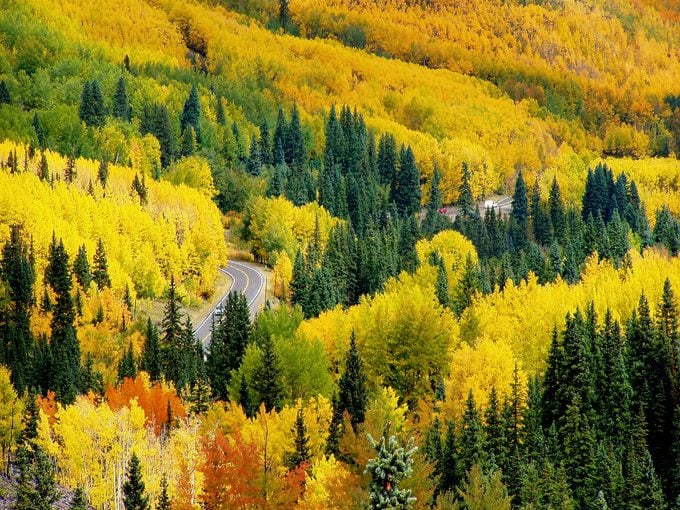
Kathy Mathews loves to watch the sugar maples turn yellow, orange and red at Great Smoky Mountains National Park near her home. “Sometimes you’ll see all three colors on the same leaf,” she says. An associate professor of biology at Western Carolina University, Kathy has spent 10 years studying and predicting peak viewing time for fall colors. She still marvels at the magic of fall, when green leaves transform into brilliant, eye-catching copper shades. Over the years, you might’ve wondered: why do leaves change color in the fall? The science is truly fascinating.
Explore these national forests with breathtaking fall colors.
Why Do Leaves Change Color in the Fall?
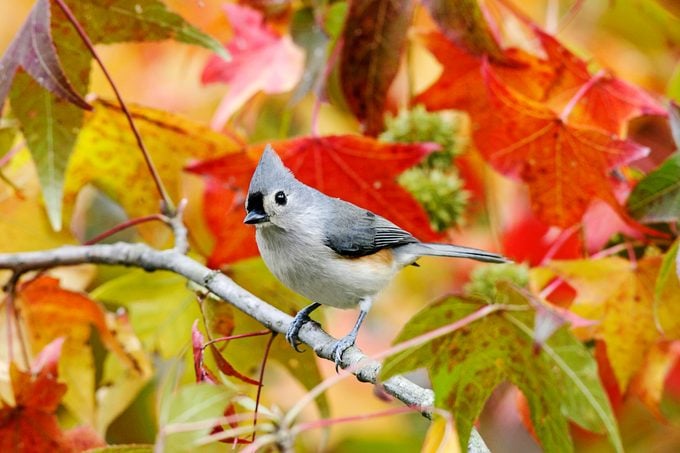
The colorful fall foliage phenomenon occurs when trees stop producing chlorophyll, a green substance in leaves that interacts with sunlight throughout spring and summer to make food for trees to grow. Changing weather conditions in fall tell the trees it’s time to store sugars in the roots for next year’s growth. As the cool temperatures approach, daylight hours shorten and the chlorophyll breaks down, revealing the bright hidden hues.
“It is more efficient for the tree to do this than to maintain its leaves year-round,” Kathy says. Some trees, including maples, even create a new pigment—a deep rich red. Weather conditions in the spring, summer and fall affect the timing and the brightness of autumn leaves. A dry summer may mean more vibrant colors, Kathy says, “although that’s not good for the overall health of the tree.” On the other hand, a rainy summer results in duller hues. And a sunny, dry fall produces more of the deep red pigments.
“For the best fall color, you want a gradual but steady temperature change,” Kathy says. “You want the nighttime temperature to continue to dip to freezing to make all of the trees come into full color at once.” And that’s when the magic happens. This annual spectacle occurs all over the country, so you can enjoy it in your town or even your own backyard.
When Do Fall Leaves Change Color?
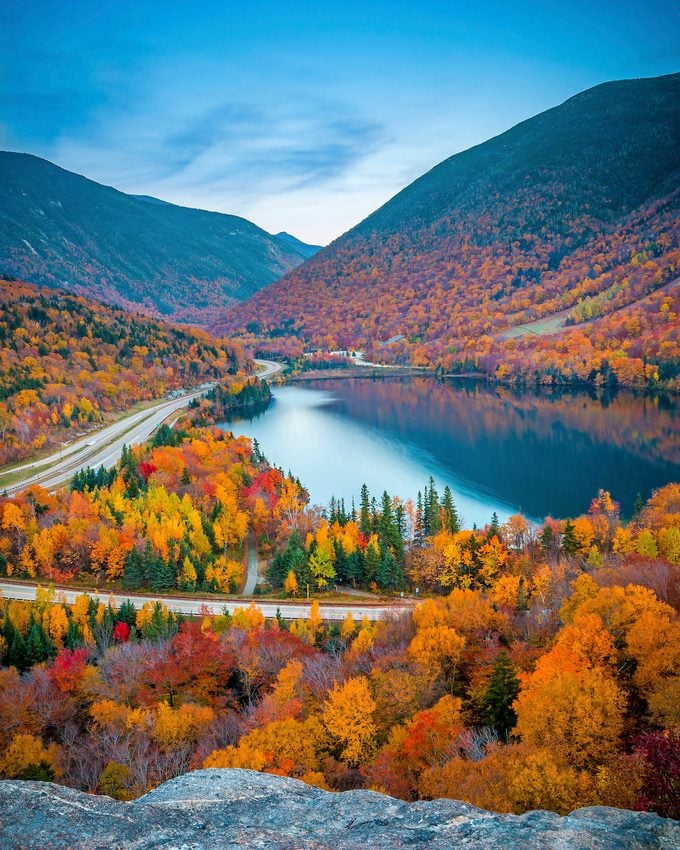
Many folks, however, prefer to catch the show on the road. When planning an autumn color viewing vacation, it’s best to set aside several days to a week (Psst—these are the best small towns for fall foliage). Kathy recommends checking the time of the average annual first frost at your destination. “Plan your vacation for a couple of weeks after the first frost, to hit color at its peak,” she says. “A freezing temperature is what starts the breakdown of chlorophyll. You can predict leaves will start changing about three or four days after the first frost.” She also suggests visiting websites for the places you want to go to learn more about typical fall color patterns.
Because of the unpredictability, visit an area with various elevations for the best chance of viewing many colors across the landscape in one day, says Paul Super, science coordinator at the Great Smoky Mountains National Park. “In the Smokies and in other mountainous areas, the peak time for color changes with elevation,” he says. “You can come over a wide range of days, and the fall colors pass peak at high elevations earlier than the low elevations.”
Most Colorful Fall Trees
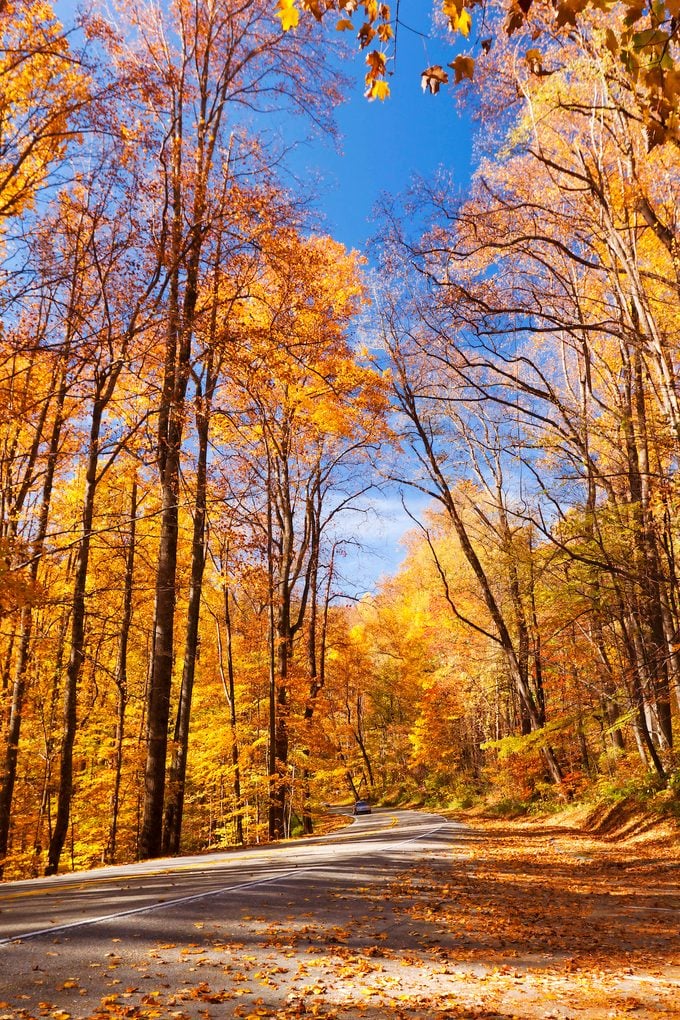
High spots in the Smokies, with a climate similar to New England, see yellow birch turn bright yellow amid the reds of mountain ashes, sometimes as early as mid-September.
At lower elevations, you can observe peak colors of sugar maples, hickories, sweetgums and other trees from early to mid-October through early November. Paul suggests not overlooking oak trees, which are among the last to change colors. They produce russet, red and yellow-brown leaves, depending on weather conditions.
No matter where you are in fall, remember that the natural world is constantly changing. “You have to take your chances on when the best colors will arrive,” Paul says. “But you’ll always find something beautiful.”
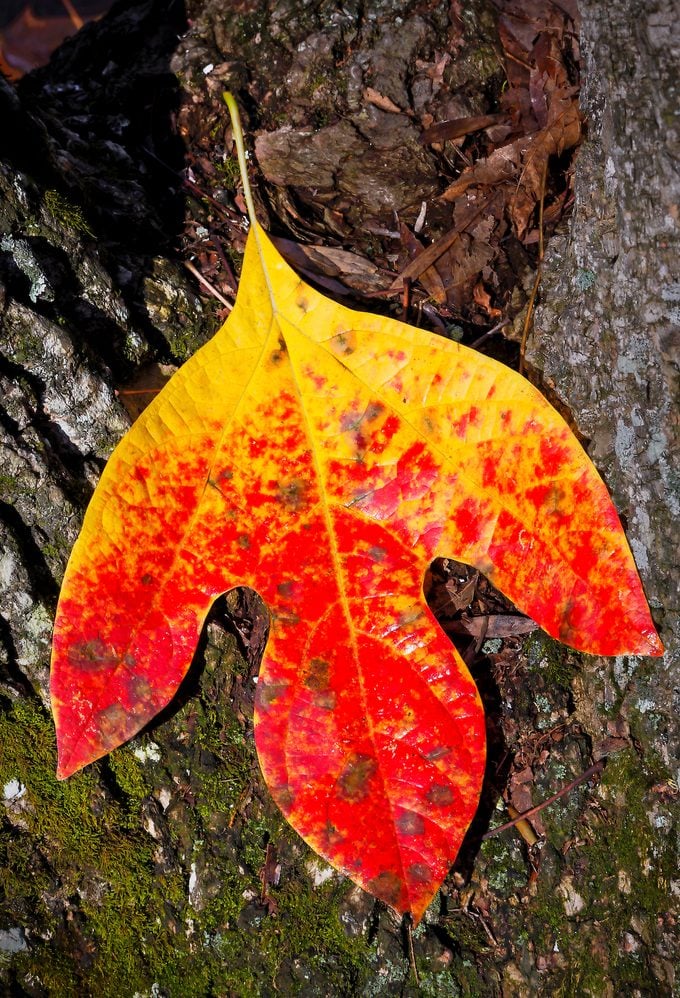
Make the magic happen in your own backyard with these trees and shrubs.
- Aspen: yellow
- Bald cypress: orange, red
- Beech: golden yellow to bronze
- Black tupelo: yellow, orange, scarlet, purple
- Red maple: red
- Sassafras: yellow, orange, scarlet, purple
- Shagbark hickory: golden yellow
- Sourwood: yellow, purple, red
- Sugar maple: yellow, orange, red
- Sweetgum: yellow, purple, red
Fall Foliage Hotspots
Visit these colorful locales for a front-row seat at the show.
- New York Mountain Clove Run, Catskill Mountains, September through early October
- Michigan Keweenaw Peninsula Late September, early October
- Colorado Aspen, Late September, mid-October
- New Mexico Enchanted Circle Scenic Byway Late September, early October
- New Hampshire Kancamagus Highway, Early October
- Tennessee, North Carolina Blue Ridge Parkway, Great Smoky Mountains National Park, October
- Wisconsin County Road 42, Door County, Mid-October
- Massachusetts Mohawk Trail, Mid-October
- Georgia Russell-Brasstown Scenic Byway, Blue Ridge Mountains, Mid- to late October
- Oregon Colombia River Gorge, Late October
(Peak foliage times are approximate)
Ask the Experts: Aspen Leaves Turning Brown
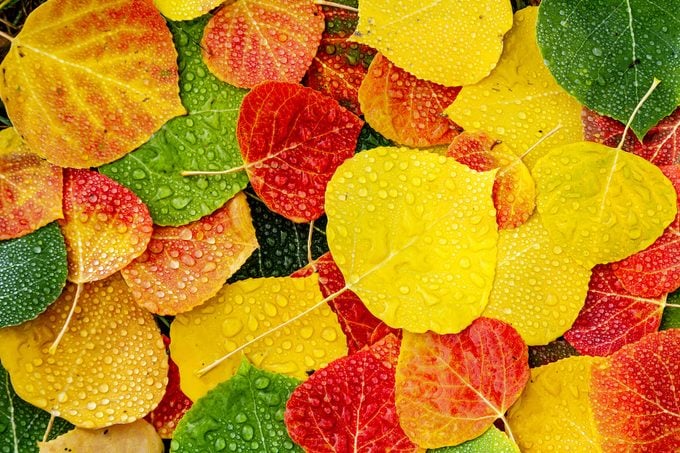
“The leaves on my aspen trees turn slightly yellow at the edges before drying, turning brown and falling off every autumn. What causes this?” asks Birds & Blooms reader Gail Clark of Denver, Colorado.
Horticultural expert Melinda Myers says, “Fall color is influenced by day length, temperature and soil moisture. When plants receive the right amount of moisture and fall nights are cool, their fall colors are the most brilliant. Hotter temperatures and variable rainfall can cause fall leaves to turn brown like yours.
You can’t control the weather, but mulching the soil around your trees can help conserve soil moisture. Spread a 2- to 3-inch layer of shredded bark or wood chips over the soil surface surrounding the trees. Pull the mulch away from the tree’s trunk to avoid rot and other problems. This will also help keep the tree roots cooler in summer.
Did you know—fall leaves make great mulch for your lawn.
